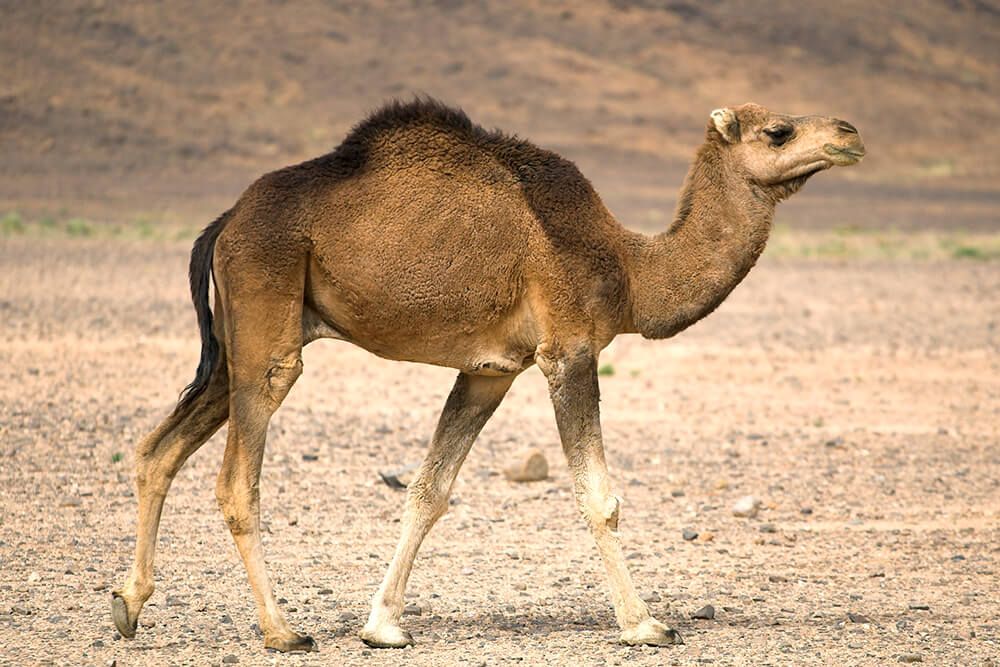
“
Ever wondered what goes on inside your tummy after you eat your favorite snacks? Get ready to dive into the amazing world of "Incredible Facts About Stomach"! Your stomach is more than just a part of your body—it's like a magical mixer, a hungry helper, and even a food time machine! Join us as we uncover the secrets of how your belly works and learn some fun facts that will leave you amazed!1
1
”
Most digestion doesn't happen in the stomach. Its primary role is to hold food and mix it with digestive juices, starting the digestion process before passing it to the small intestine for nutrient absorption.1
It takes the stomach two to four hours to process food before passing it to the small intestine. During this time, carbohydrates and proteins are digested more quickly, while fats take longer to break down.2
It's possible to live without a stomach. After a total gastrectomy, the esophagus is connected directly to the intestines, and surgeons may create a stomach substitute using parts of the intestines.3
The stomach transforms food into chyme, a semi-liquid mixture of partially digested food and gastric juices. This chyme is crucial for efficient digestion and nutrient absorption in the small intestine, where essential nutrients are extracted to fuel the body's functions.4
The stomach's three muscle layers play vital roles: they churn and mix food with digestive juices, control the opening of the pyloric sphincter to regulate food passage and propel the partially digested chyme into the small intestine for further digestion and nutrient absorption.5
Anxiety and stress can lead to various stomach issues, such as irritable bowel syndrome (IBS) and gastroesophageal reflux disease (GERD), by disrupting normal digestive processes and increasing gut sensitivity.6
The average human stomach measures approximately 12 inches in length and 6 inches in width. This size remains relatively consistent across individuals, regardless of body weight. Whether a person is thin or overweight, the stomach's dimensions do not vary significantly.7
Newborns are born with a sterile gut, lacking the beneficial bacteria essential for digestion. These microbes are acquired through exposure to their environment and diet over time. As they grow, the development of a healthy gut microbiome becomes crucial for proper digestion and overall health.8

The blue whale, the largest animal on Earth, has an enormous stomach that can hold up to 2,000 pounds (900 kilograms) of food at once. Its massive stomach accommodates the vast amounts of krill and other small prey it consumes daily.
Ruminant animals, like cows and deer, have four-chambered stomachs designed to digest tough, fibrous plant material. This complex digestive system allows them to break down plant fibers efficiently through a process of fermentation and regurgitation.9
Some animals, like carp and platypuses, have no stomach at all. Instead, their food moves directly from the esophagus to the intestines. This adaptation simplifies their digestive process, as they rely on other mechanisms to break down and absorb nutrients.10
The stomach generates a new mucus layer every two weeks to shield itself from its own hydrochloric acid. This protective layer prevents the acid from digesting the stomach lining, ensuring the integrity of the stomach's tissues and maintaining proper digestive function.11
In 1881, Dr. Theodor Billroth performed the first partial gastrectomy to treat stomach cancer. This pioneering surgery, involving the removal of part of the stomach, marked a major advancement in surgical techniques and set the stage for modern gastrointestinal surgery practices.12
Stomach size does not directly correlate with a person's weight. Both thin and overweight individuals can have similar stomach sizes. Factors like body fat distribution and overall health are more indicative of weight than the size of the stomach alone.13

Camels have a three-chambered stomach, which is adapted for processing their harsh desert diet. Their stomachs help them efficiently extract moisture from the sparse and fibrous vegetation available in arid environments.
Researchers are developing artificial stomach devices, such as mechanical digestive aids, to mimic natural stomach functions. These devices aim to assist in digestion for individuals with severe gastric conditions or after stomach removal.14
Stomach acid acts as a crucial defense mechanism by sterilizing the food we ingest, effectively killing harmful bacteria and neutralizing potential food toxins. This acidic environment ensures that many pathogens are eliminated before they can cause infections or harm the body.15
Stomach acid is potent enough to damage skin, with its acidity comparable to battery acid. This powerful digestive fluid is crucial for breaking down food but can cause burns if it comes into contact with external tissues.16

Great white sharks have a large, expandable stomach that can stretch significantly to accommodate large meals. Their stomach can hold several hundred pounds of food, enabling them to consume sizable prey in one feeding session.
Capsule endoscopy involves swallowing a tiny camera shaped like a pill. As it travels through your digestive system, it takes pictures of your stomach and intestines. This technology helps doctors diagnose issues such as ulcers, tumors, and bleeding without invasive procedures.17


